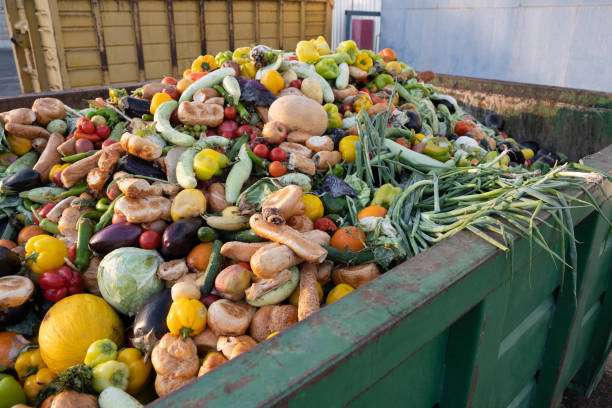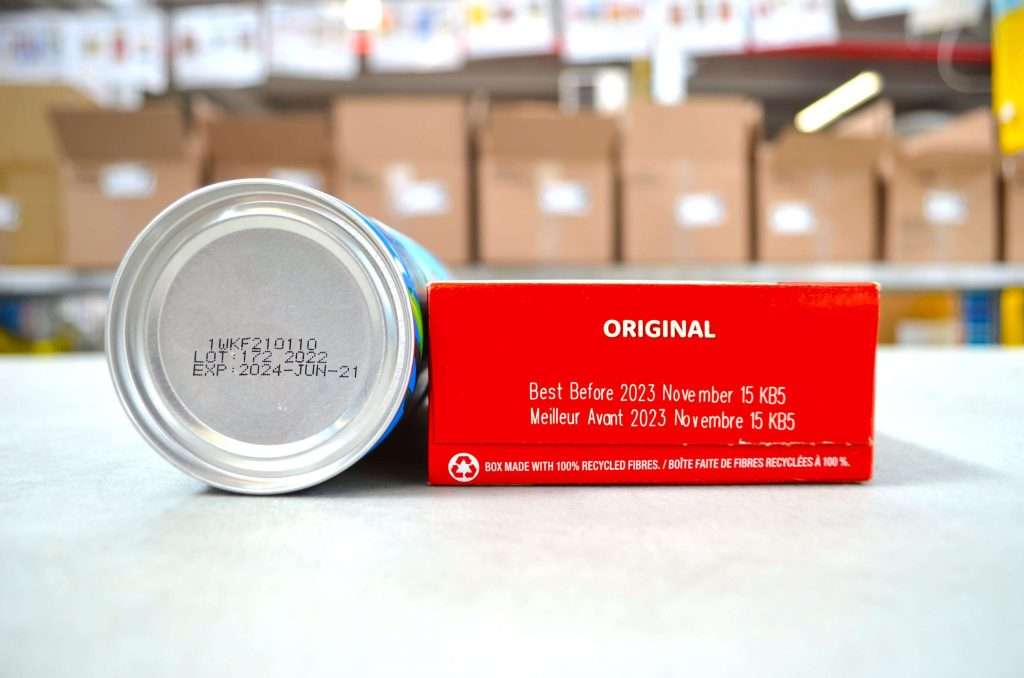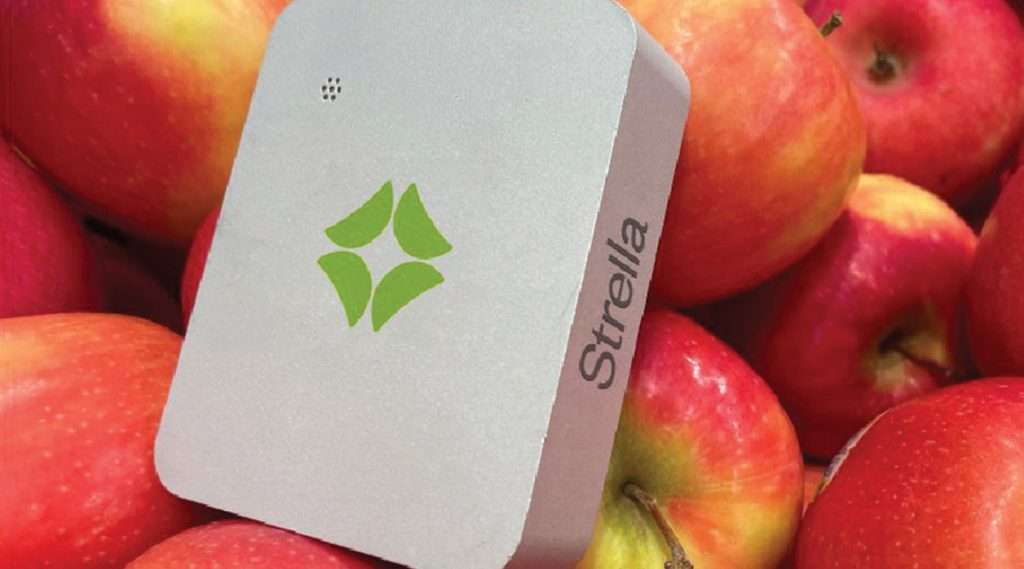The “best before date” shows consumers the date when food is no longer edible. When food expires, it becomes unsafe for people to eat. However, the best before date is not always accurate, and sometimes we waste food even while it is still edible. Altogether, it is estimated that one-third of the world’s food goes to waste. Global hunger and environmental issues have prompted many stakeholders and policymakers to pursue multiple approaches to addressing these concerns. Reducing food waste is one strategy that might help tackle hunger and environmental degradation.

Source: Stock
Although food waste occurs at every level along the supply chain, food waste that happens at the consumer level is very common. Various reasons could lead consumers to waste food. Reasons include fresh produce that does not meet optimal standards, leftover or unused food, over-purchasing, poor storage, and improper perception and use of food-date labels.
What does a food date label Mean?
Date labels are one of the most important pieces of information that a product offers to consumers. At present, over ten different date labels on packaging exist, using terms such as:
- Sell By – This label is not for consumers. Instead, suppliers made this for the grocery stores only.
- Use By -This label is about safety; do not consume after this date.
- Expires On – This is when the food goes bad.
- Best Before – Best taste if used before this date.
- Better if Used By – This label is about quality; use your best judgment.
- Best By – This label is about quality; use your best judgment.

Source: Packaging Insights
What are The “best before date”?
The best before date refers to food regulations that ensure food is safe. It means the end of the period under any stated storage conditions during which the food product shall remain fully marketable and retain any specific qualities. After that date, the food product may still be safe to consume, but its quality may have deteriorated. Once the product becomes unsafe, it cannot be sold. Best before dates appear on a wide range of foods including:
- frozen foods (such as peas, chips, and ice cream)
- dried foods (such as pasta and rice)
- tinned foods (such as baked beans and canned tomatoes)
- cheese and other long shelf-life foods.
Appropriate storage conditions are important to maintaining a product’s freshness and edible state until its best before date. Equally, storage instructions that are necessary to preserve the product’s quality until the best before date should be included on food labels. Many foods have specific temperature needs, including freezing or refrigeration. For instance, we must refrigerate fresh milk so as not to go bad.

Source: Daily Bread Food Bank
Moreover, food products may spoil well before their ‘best before’ or ‘use by’ date if the packaging is damaged. Check the food package for any visible signs of damage, which include tears, leaks, and dents. If any, refrain from buying such a product, as it could be contaminated with bacteria.
Moving Forward
Food waste is a problem too big to ignore. With so many different date labels on packages, this can result in confused consumers discarding a fresh, safe food product. Most consumers have a limited understanding of the information found on food date labels.
To address confusion associated with food date labels, tech solutions such as using QR codes, policy changes, and consumer education are essential. In the Netherlands, for instance, a major retail chain is testing technology provided by OneThird. OneThird is a startup that has developed a method to predict the shelf life of produce in real-time by combining an optical scanner with a large database and AI algorithms. Additionally, another startup, SAVRpak, is pioneering the use of a thermodynamic packet that goes inside a package of, say, strawberries or spinach and captures condensation so the produce lasts longer.
Furthermore, many big retailers and consumer packaged goods (CPG) companies are advocating for standardized date labeling to minimize consumer confusion and ultimately prevent food waste.

Image: Strella
Why is it essential that we focus on The Best Before Date?
Manufacturers generally apply date labels at their own discretion for different reasons. The most common is to inform consumers and retailers of the date to which they can expect the food to retain its desired quality and flavour.
‘Best Before’ and Use By’ are the two most frequently used food-date labels. Still, the ‘Best Before’ date is thought to be the most confusing of the two (Patra et al., 2022). Often, you can eat food past the best before date. This label is about the quality and not the safety of the food. After this date, the food is safe to eat but it will no longer be at its best. For example, the food’s flavour and texture may gradually deteriorate.
Accordingly, retailers need to apply innovative strategies to cut down on food loss. It is the responsibility of the retailer to contain food waste in all forms, including fresh produce, once it enters the supermarket’s ecosystem. Meijer, a U.S. superstore chain, is applying several levers to reduce food loss. First, Meijer seeks to keep food waste from occurring in the first place through more precise ordering and proper handling, among other measures.
Also, Meijer partners with numerous food banks in the communities to get good food that goes unsold into the hands of people who need it through our food rescue programs. Further, Meijer actively stores food scraps resulting from the preparation of fresh produce, shipping-related produce damage, and items that fall short of high-quality standards. They prevent these foods from entering landfills by recycling them into animal feed or compost, contributing to the enrichment of local soils.
Achieving the United Nations Sustainable Development Goals (SDGs) and how they link to The Best Before Dates
The 17 UN Sustainable Development Goals are a blueprint to achieve a thrivable future for all. These goals guide the work of countries, UN agencies, non-government organisations, and businesses all over the world. Most importantly, they address global issues we confront, such as those linked to poverty, environmental degradation, prosperity, and health. SDG 2 is closely linked to the reduction of food waste, as it ensures the effective use of available food resources. Additionally, addressing food waste is a critical tool for nations in the fight against climate change. Moreover, actively improving date labelling practices and fostering awareness about proper food storage connects with SDG 12.
A Thrivable Framework
THRIVE Project is an international research, education, and advocacy organisation that explores topics and challenges to help transform society towards ‘thrivability‘—going beyond sustainability. THRIVE believes that society can flourish towards a thrivable future by taking transformative action towards minimising food waste, reducing food insecurity, and ensuring sustainable consumption and production patterns. We need to make smart choices regarding our purchases, meal preparation, and menu planning, as well as how we generally manage our food.
The THRIVE Framework rates the sustainability performance of the associated entity to shed light on the way forward. It allows users to measure what matters using predictive analyses to inform researchers, businesses, governments, and policymakers and support positive social and environmental transformations.
To learn more about how our research works at The THRIVE Project visit our website. Additionally, you may follow our educational podcast series and blog articles, and sign up for our newsletter for regular updates.























